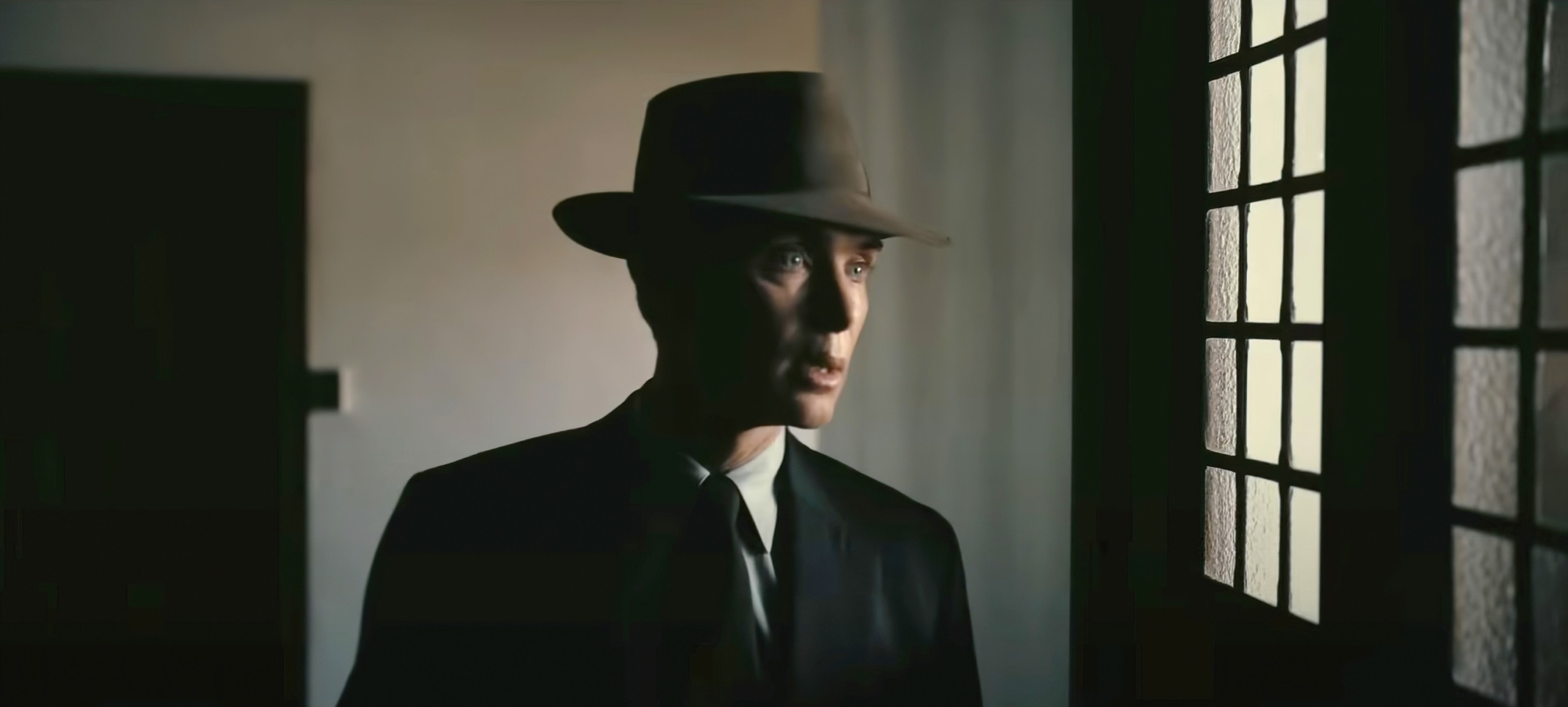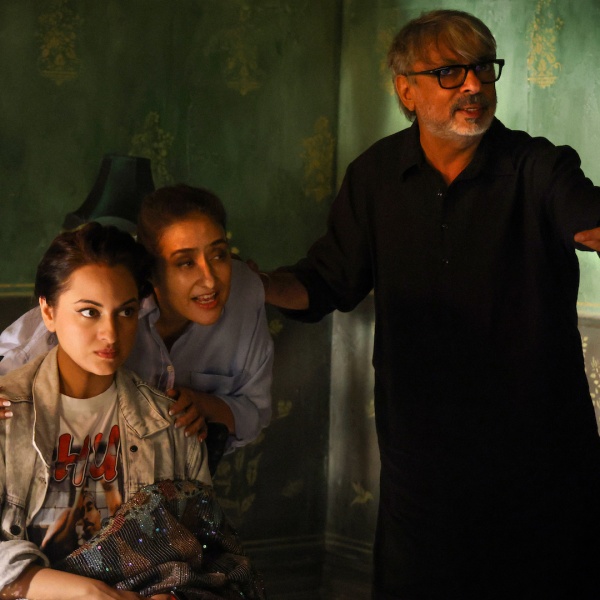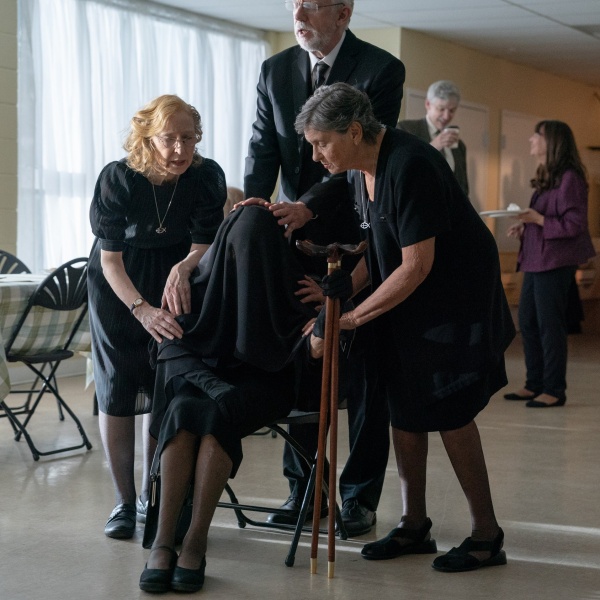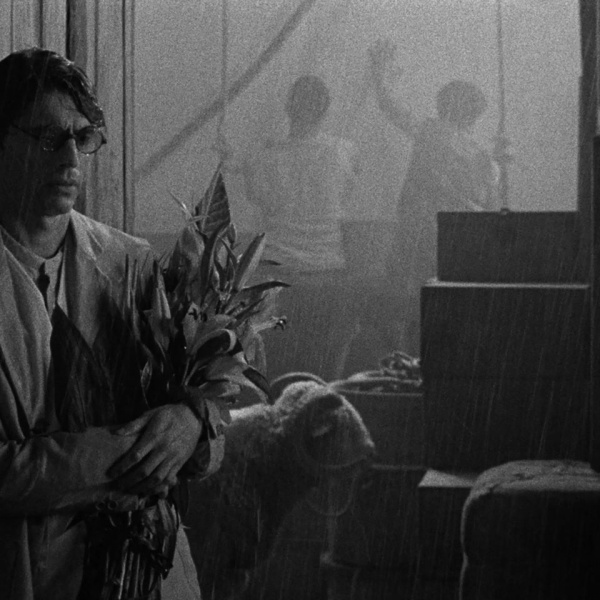“Oppenheimer,” Christopher Nolan’s blockbuster IMAX spectacle and Best Picture frontrunner, dominated the Oscar craft derby with seven nominations on January 23. The historical thriller about theoretical physicist J. Robert Oppenheimer (Cillian Murphy) — the conflicted “father of the atomic bomb” — nearly ran the field with cinematography, costume design, production design, makeup and hairstyling, editing, score, and sound. The only misfire was getting snubbed as a visual effects finalist (it did not compete for original song).
Following right behind with six noms were Best Picture nominees “Killers of the Flower Moon” and “Poor Things.” Martin Scorsese’s epic historical drama about the Osage Nation murders in 1920s Oklahoma exceeded expectations. It was honored for cinematography, costume design, production design, editing (a record ninth nomination for three-time winning editor Thelma Schoonmaker), score (for the late Robbie Robertson), and, in a surprise, original song for “Wahzhazhe (A Song For My People)” by Scott George.
Yorgos Lanthimos’ surreal Frankenstein gender-bender about re-animating Emma Stone’s Bella for a wild adventure scored for cinematography, costume design, production design, makeup/hair, editing, and score (by eclectic rock musician/composer Jerskin Fendrix).
Greta Gerwig’s billion-dollar “Barbie” phenom, however, underperformed with only four craft nominations, despite snagging a Best Picture nom. It landed costume design, production design, and two songs (the frontrunning “What Was I Made For?” by Billie Eilish and Finneas O’Connell and “I’m Just Ken” by Mark Ronson and Andrew Wyatt). Yet it failed to make editing and sound, which was a surprise.
“Maestro” and “Napoleon” each secured three noms. Bradley Cooper’s exploration of legendary conductor/composer Leonard Bernstein (Cooper) through the lens of his complicated marriage to Chilean-American actress Felicia Montealegre (Carey Mulligan) was honored for cinematography, makeup/hair, and sound, while Ridley Scott’s exploration of Napoleon’s (Joaquin Phoenix) battles on and off the battlefield was tagged for costume design, production design, and, surprisingly, visual effects.
“The Creator” and “Mission: Impossible — Dead Reckoning Part One” each received two noms for visual effects and sound. Gareth Edwards’ AI sci-fi thriller (the VFX frontrunner for its streamlined process) was a surprise for its “vintage futuristic” sound design. “Dead Reckoning Part One” stood out for its thrilling Orient Express train wreck in both ILM’s VFX and its intimately visceral sound approach. It’s hard to believe that these are the first nominations for the franchise.
Other standouts include single noms for Best Picture nominee “The Zone of Interest” for its horror movie-like sound (from sound designer/re-recording mixer Johnnie Burn and production sound mixer Tarn Willers), “The Society of the Snow” and “Golda” for their creative makeup/hair, Best Picture nominees “Anatomy of a Fall” and “The Holdovers” for editing (editors Laurent Sénéchal and Kevin Tent, respectively), “Indiana Jones and the Dial of Destiny” for John Williams’ final “Indy” score (his record 49th nomination), and “Godzilla Minus One” for its crafty VFX, making Takashi Yamazaki the first director since Stanley Kubrick (“2001: A Space Odyssey”) to get nominated because he also serves as VFX supervisor
Meanwhile, animated feature noms went to Phil Lord and Chris Miller’s frontrunning “Spider-Man: Across the Spider-Verse” (Sony), Hayao Miyazaki’s “The Boy and the Heron” (Studio Ghibli/GKids), Pixar’s first love story, “Elemental,” Annapurna Animation/Netflix’s queer breakthrough, “Nimona,” and Pablo Berger’s endearing long-shot “Robot Dreams” (Neon). Animated short honors went to the frontrunning “War Is Over! Inspired by the Music of John & Yoko,” “Letter to a Pig,” and the surprising “Ninety-Five Senses,” “Our Uniform,” and “Pachyderme.”
In terms of snubs, “Air,” “Asteroid City,” “Ferrari,” “Past Lives,” “Saltburn,” “The Color Purple,” “The Killer,” and “Wonka” were the most prominent craft no-shows. However, there were some pleasant surprises, including Williams for his “Dial of Destiny” score and composer Laura Karpman for her jazzy “American Fiction” score. But the biggest surprise was cinematographer Ed Lachman (“Carol” and “Far From Heaven”) receiving his third nomination for the expressionistic black-and-white “El Conde,” Pablo Larraín’s black comedy about Chilean dictator Augusto Pinochet (Jaime Vadell) as a vampire. This matched Lachman’s ASC nom. In fact, all five cinematography nominees duplicated the ASC honors: the frontrunning Hoyte van Hoytema (“Oppenheimer”), Rodrigo Prieto (“Killers of the Flower Moon”), Matthew Libatique (“Maestro”), and Robbie Ryan (“Poor Things”). Interestingly, all but “El Conde” were shot on Kodak film yet all five were shot to varying degrees in both color and black-and-white.
Getting back to “Oppenheimer,” though, it has the best chance of winning for cinematography (van Hoytema uses the large-format IMAX camera explore the landscape of faces, with Oppenheimer’s in color and Robert Downey Jr.’s Admiral Lewis Strauss’ in black-and-white; editing (Jennifer Lame deftly balances a complex, non-linear subjective narrative around Oppenheimer and Strauss); score (composer Ludwig Göransson musically conveys the passion and danger in Oppenheimer’s life with intimacy and bombast); and sound (the sound team lead by sound designer Richard King, who seeks a record-breaking fifth Oscar, achieve a groundbreaking soundscape for The Trinity test explosion and quantum physics).
That leaves the feminist “Barbie” (the likely original song winner for “What Was I Made For?”) and “Poor Things” to fight it out for their wildly imaginative costume and production design. Oscar-winning costume designer Jacqueline Durran (“Little Women,” “Anna Karenina”) applied an interpretive design based on the history of Barbie wardrobes from Mattel spanning 60 years, versus Holly Waddington’s retro-futurist approach to Bella’s (Stone) fearlessly iconoclastic expression.
Meanwhile, “Barbie” production designer Sarah Greenwood and set decorator Katie Spencer (who share seven Oscar noms) offer wondrous eye candy built around Barbie Land as a feminist utopia, versus production designers Shona Heath and James Price constructing a bizarre retro-futurist world from scratch for Bella’s adventures and sexploits in an alternate Victoriana.
Makeup and hair should go to the “Maestro” team of Kazu Hiro, Kay Georgiou, and Lori McCoy-Bell for their stunning transformation of Cooper as Bernstein, spanning five decades and involving five stages. The Oscar-winning prosthetic guru, Hiro (“Bombshell” and “Darkest Hour”), looks for his third win for his crowning artistic achievement.
Finally, the VFX race should come down to “The Creator” versus the surging “Godzilla Minus One.” ILM made Edwards’ $80 million indie look like a $200 million blockbuster through clever reverse-engineering in post (designing and placing the naturalistic VFX over the actors playing AI simulants and as set extensions). But Yamazaki and his small team of 35 artists were a true indie force to be reckoned with. They managed to produce 610 CG shots on a minuscule budget (including a ferocious and highly detailed animated monster and impressive water simulation for the climactic battle).




